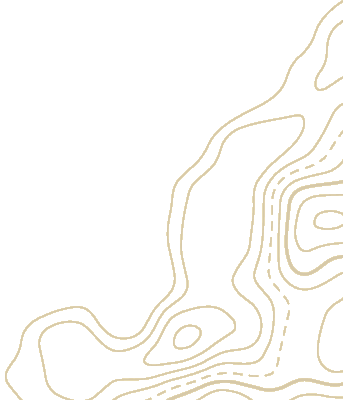

Hunter Wetlands Centre is surrounded by a 3.6 km predator-proof fence, making it the largest fox-free sanctuary along the eastern seaboard of Australia.
The fence has a roll-top to prevent foxes and cats climbing it. These introduced species are a serious threat to wildlife with young birds particularly vulnerable in the breeding season.
Solar-powered automatic electric gates have been installed in several locations to allow visitors access. When you go through, they should automatically close behind you. But always check!
We still need to be vigilant. Fences are checked daily for holes and damage and infra-red cameras are used regularly to monitor night-time visitors.
These precautions help HWCA maintain its values as a Ramsar site, a Wetland of International Significance.
Can you see how the fence stops animals from climbing up?
Don’t forget to keep your cat indoors at night.
Pest Species Predators
The Red Fox is deemed to be the most damaging and invasive animal species that places migratory birds at risk. A fox has been photographed killing egrets on-site in broad daylight.
Foxes, as well feral cats and dogs, gain entry through gaps in the fences, drains or via Ironbark Creek and the canoe channel.
The predator-proof fence has greatly reduced this problem but baiting programs will be resumed if infra-red cameras pick-up any of these pests. The arrival of the migratory birds in spring and again in autumn, when the birds are feeding up prior to departure, are vulnerable times for the birds.
Mosquito Fish originate in South America and are now found throughout Australia including in our ponds. They have negative impacts on native frogs, fish and invertebrates.
Translate now:

A Glencore Community Project